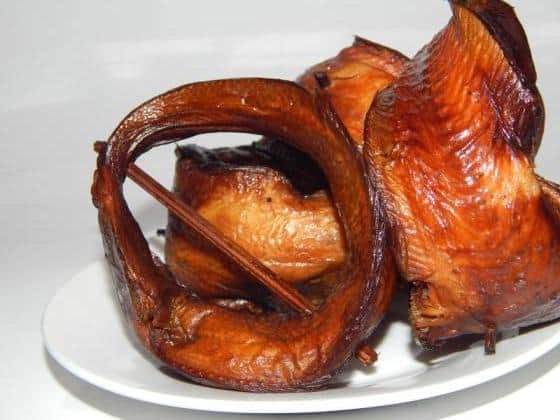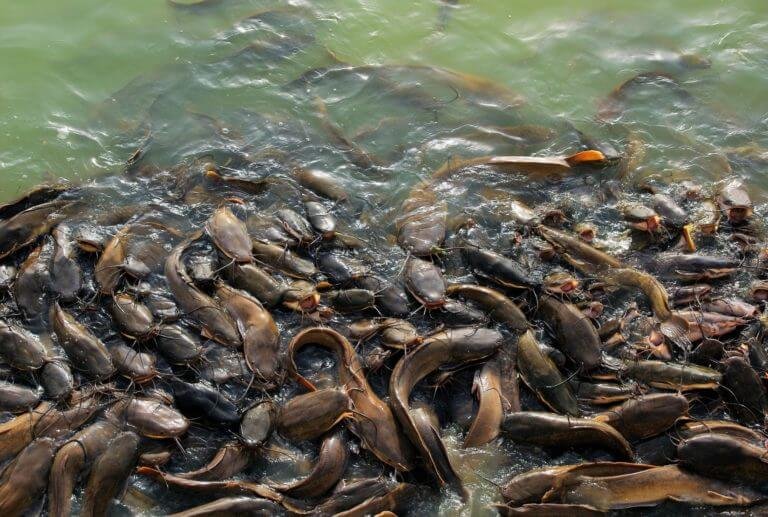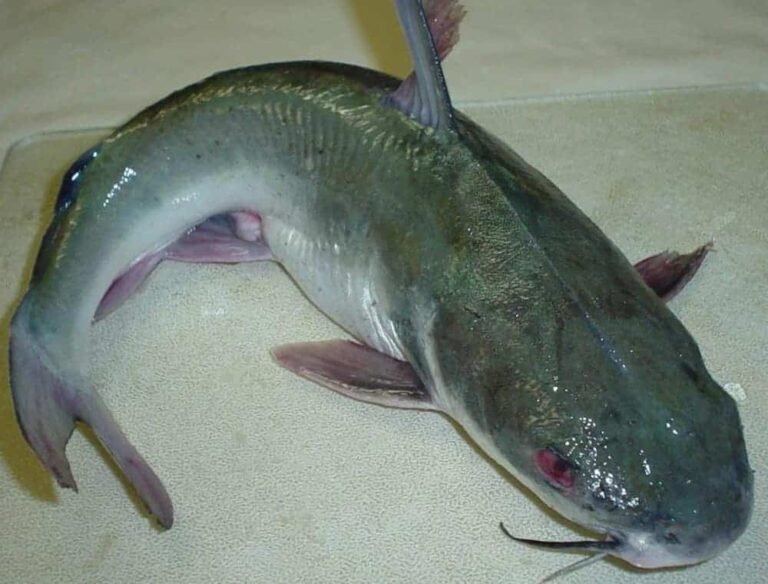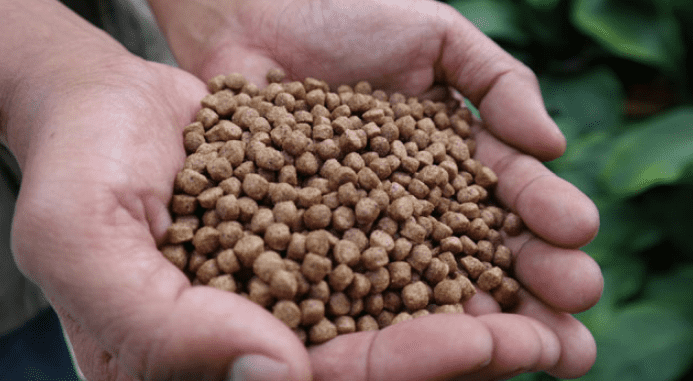Water Quality Management in Catfish Farming

Are you in the catfish farming business and you are thinking of how to be better with water quality management?
If so, then continue reading this article till the end.
When you are talking about water management in fish farming, you should have your thought around the pH, Nitrate, Nitrite, Ammonia (NH4), and Oxygen levels in pond water.
Any fish farmer/Grow out farmer that wants to record a high survival rate of fish and better growth in record time in their various types of ponds must endeavour to pay good attention to pond water quality.
Apprehending and predicting catfish performance in our various types of ponds can be relatively difficult without prior knowledge of how water parameters influence catfish behaviour.
Some years back, I have observed that most fish farmers and grow out farmers that operate good ponds, stocked with the right quantity of fish seeds, still recorded huge losses even though they fed their fish very well.
This is due to poor knowledge of fish water management/chemistry.
Catfish, unlike other animals, feed and defecate inside the same water/pond where they live and the quality of the water inside their habitat directly affects feed/feeding efficiency, the rate at which they grow, survival and the state of health of the catfish.
When water quality depreciates, the catfish will not be able to properly convert the food they eat to body flesh.
Also, you will record poor growth, the survival of fish will reduce and ultimately massive catfish death may occur.
Click on this link now to download the Pdf of Water Management in Catfish Farming.
Important Water Quality Management Parameters In Catfish Farming
In catfish production, water quality parameters that you need to always monitor are as follows:
- Dissolved oxygen
- The temperature of the pond water
- pH (Potential of hydrogen)
- Ammonia(NH4) concentration in the pond water.
Due to dynamics within our different types of ponds, these parameters could change at short notices/observation.
I need to share my experience and observation with fish farmers concerning the various ways in which the fluctuations of these water parameters could influence catfish health, catfish growth, and catfish survival.

1. Dissolved Oxygen (DO) in Catfish Pond Water
The relevance of monitoring the level of dissolved oxygen(DO) in our types of ponds is very important and necessary.
For the African catfish, a fish farmer/breeder should try as much as possible to maintain dissolved oxygen levels at between 4mg/litre to saturation levels in the pond/hatchery.
Gas bubble disease can happen to catfish/fries when DO levels are constantly too high and the water is super-saturated to well above 300 per cent.
When the DO level is consistently between 1.5mg/litre to 5mg/litre, catfish/fries will be alive, but feed intake will reduce drastically.
The catfish growth rate will also reduce and you will also record high Feed Conversion Ratios (FCR).
Also, when DO levels are lower than 1.5mg/litre, it can stress the fishes and they will start dying.
The time it will take you to achieve the weight of catfish that you desire will increase and then, you will experience loss on your investment.
In fact, I can categorically emphasize that with consistently low levels of DO (dissolved oxygen)in our various types of ponds, the use of low-quality feed might even be a waste of money.
This is because of the fact that catfish breathe in oxygen for general body metabolism.
Your water needs ‘DO’ to break down any potentially harmful metabolic waste into less harmful forms, e.g ammonia (NH3) broken down into nitrites (NO2) and then into nitrates (NO3).
2. Temperature Management in Catfish Farming:
Catfish is a cold-blooded aquatic animal.
Unlike man that is warm-blooded, their metabolism which occurs in their bodies is greatly influenced by the water temperature.
For the African Catfish/Dutch Clarias, an acceptable temperature range is between 26ºC to 32ºC.
When the water temperature in our various types of ponds consistently stays between 16ºC and 26ºC, feed intake reduces and catfish growth rate also drags tremendously.
A grow-out farmer will record high FCR, and the fish will also be stressed.
Tardy or prolonged stress can open up the catfish to opportunistic infections.
When catfish are consistently exposed to temperatures below 15ºC, catfish growth will ultimately stop and death is just around the corner.
Very low temperature negatively affects the rates at which wastes are converted into water.
However, when the water temperature is above 32ºC, the resultant effect on the African Catfish/Dutch Strain Clarias is not good at all.
This is because of the fact that Oxygen is not readily soluble in very warm water. The high temperature in ponds will stress the catfish and eventually lead to death.
3. pH (potential of hydrogen) of Pond Water:
pH is the level of the Hydrogen ion present in the water.
For the catfish in the pond, the acceptable pH value is between 6.5 to 7.5. When it is below 4, catfish will die due to water acidity.
I have personally experienced this and it was not in any way good at all.
When pH is constantly between 4 to 6, catfish will be alive, but due to stress, they will experience slow growth.
The feed intake will be highly staggered and reduced.
The food conversion ratio will also be very high.
In fact, for those observant fish farmers, low pH in pond water is an indication of high CO2, (carbon dioxide) in the water.
Very high pH values of between 9 to 11 in catfish pond water will also retard catfish growth.
Catfish will ultimately die when pH levels rise above 11.
Low pH aids higher proportions of ionized ammonia which is less toxic to catfish.
The reverse is the case with high pH in water.
4. Ammonia(NH4) Concentration in Pond Water:
Ammonia is harmful to fish if allowed to accumulate in fish pond water.
Once ammonia accumulates to harmful levels, fish cannot extract energy from the feed with efficiency.
If the ammonia concentration gets too high, the fish can become slow or inactive and may eventually die.
In properly managed fish ponds, ammonia rarely accumulates to fatal concentrations.
However, ammonia will have slightly fatal effects—such as reduced growth, poor feed conversion rate, and reduced resistance to disease—at concentrations that are less than fatal concentrations.
Conclusion
There is nothing as painful as being ignorant of these facts.
These water parameters play a major role in the overall business of profitable fish farming.
Making profit/money from fish farming goes beyond just giving food to the catfish.
You must continuously monitor and control your fish pond water.
The growth time of catfish in our various types of ponds must be within acceptable times.
Nothing is as painful as keeping catfish in ponds for an unnecessarily long period of time while money is being wasted on feed.
You’ve come a long way in reading this article to this point.
Please leave a comment to tell us how helpful you find this post.
Please, share this post on social media using the share buttons at the end of this post.

Credit:
This article is a compilation of the lecture presented by Prof. Wealth Ubi in the Delta Aquaculture Farmers WhatsApp group.
Hotlines: 08066392501, 08078518404,
WhatsApp: wa.me/2349039601495






Good morning sir. I need your help in my Catfish farming. I have fishes of 2 months,of a sudden the water turned black which I started removing water to a certain level and and fresh ones. I couldn’t evacuate the whole water bcs is an earthen pond. But after 5 day,I started to experience mortality.
Please what can I do to stop the mortality and the water colour to be normal. Is there any substance I can add in the water that wouldn’t have effects on the Catfish.
Please your urgent response is highly needed.
This is my contact in case you want to speak with me direct.08072365325
Thanks.
excellent information I received as I am going to start cat fish farming in my own pond very soon.
please update me regularly if possible
Sure, you are welcome, Ranjit.
Good luck with your catfish farming venture.
Thank for your detailed water mgt of catfishing.
You’re welcome, Sunday